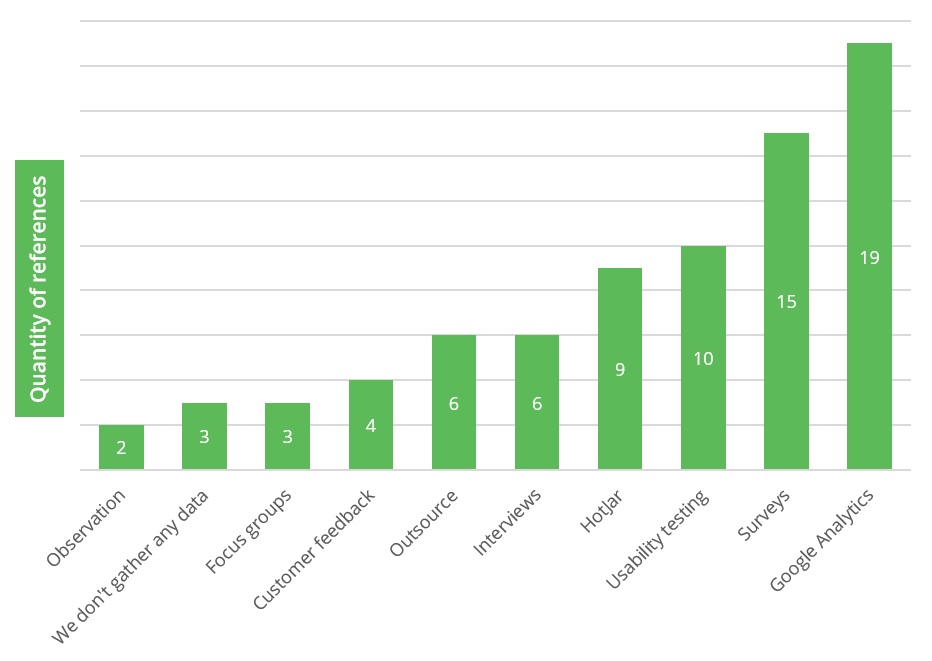Recently we have been working on some exciting projects delving into usability scoring. It has been utterly fascinating to explore how users rank their experiences following the completion of key tasks on a site. And the data produced allows us to identify several areas to focus on to improve performance.
However, for us one of the biggest learnings from this research has been the value in combining a qualitative phase, to follow on from the quantitative analysis. This may seem obvious, however this foresight to ensure the inclusion of a qualitative research element can all too often be overlooked.
The Heart of Usability
As a Qualitative Researcher, it is of no surprise that I could sing from the rooftops about the value of observing and speaking directly to your users! Yet the importance of this comes down to the discussions we have in partnership with our clients, where we can work together to ensure that the unanswered questions from the quantitative analysis – the ultimate ‘whys?’ – can be explored in more detail qualitatively.
As one client recently said to me:
Measuring our website’s usability through the system usability scale has been incredibly interesting and has sparked lots of conversations! It will be ever more insightful when we identify the ‘why’ during our next round of moderated usability testing.
The reassurance qualitative research offers, and the ability to get to the heart of any user issues is a testament to the importance of qualitative research.
Interestingly, this chimes with our recent Insider Insights Survey in which we asked how data is gathered to enhance user experience. This revealed that quantitative methods are the leading approach for gathering this data. Google Analytics, closely followed by surveys, were the top routes for data collection. This is perhaps unsurprising as these methods are likely to be established and in place, therefore likely to continue even during the challenging times of late.
How do you gather data to enhance UX?
Promisingly, it was encouraging to see that usability testing was the third most collected source of data to enhance user experience. There were also references to interviews, observations and focus groups which are all flying the flag for qualitative research. Ultimately, these methods are all exploratory in nature and have the aim of gaining a deeper understanding of a user’s behaviours, motivations and experiences through observation and reflection. Qualitative research places the user at the heart of the design process.
Take moderated usability testing for example, which involves recruiting participants relevant to the key audience who are given tasks to complete using a digital product or service, such as a website. Moderators observe each user’s interactions throughout the tasks and can dig deeper into key points of interest. This allows the moderator to react to the user’s behaviour in the form of probing or follow up questions.
Reveal the story
The value then lies in how this all comes together, is interpreted and collated, to enable the different sources of data to reveal a story of what is really happening.
We’d love to hear your experiences of combining qualitative research methodologies with quantitative data collection – so do get in contact to share your thoughts. And in the meantime, view the Insider Insights Report and hear our take on how you can strengthen your in-house UX movement.
Read more: Five Ways to Strengthen Your In-house UX Movement.



